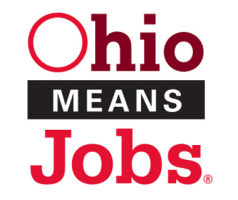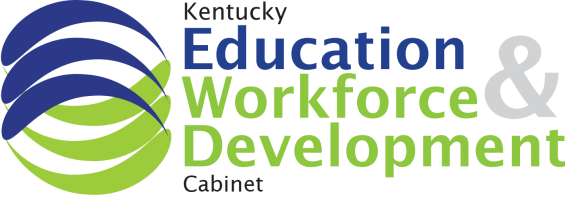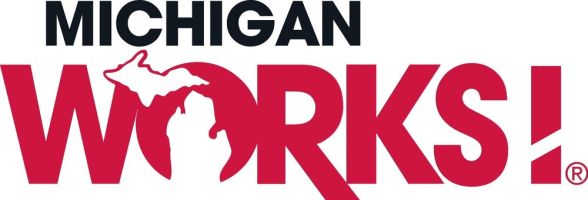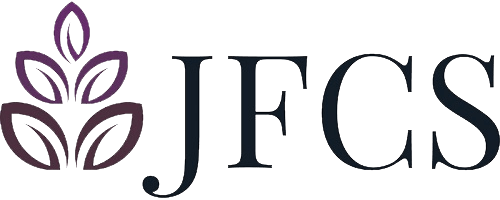
Alumni in Action: Marketer and Consultant Chris Spanier
Chris Spanier, a marketing, process improvement, and strategic planning consultant, is always interested in learning new things and expanding his skills. So, when he had the chance to take Lean Six Sigma (LSS) training with Breakthrough Performance Group he readily took it. Like many people, however, Chris initially thought of LSS as “primarily for manufacturing” and that he was not a “typical LSS person.” Now that he has completed BPG’s LSS Black Belt program and talked and worked with people using LSS techniques in sales and design he views things quite a bit differently.
Today, Chris sees that the DMAIC approach lends itself as naturally to marketing as it does to manufacturing. He’s created a simple Marketing-DMAIC overview to guide discussions with clients and is preparing scenarios that will illustrate its application to marketing problems. In one of his scenarios, Chris shows how DMAIC can be applied to a project to improve response rates to an email prospecting campaign.
During the Define phase of this scenario, the client develops specific SMART goals (such as increasing the response rate to solicitations by 25%), identify team members (sales and marketing representatives), estimate the expected return on investment, and document the current state.
In the Measure phase, meaningful data about the current process is collected as a baseline. In Chris’ scenario, this data includes the number of people who open the email, the number who keep it open for less than a minute, and the number who read the entire message. (In a real-world project, a goal might be adjusted after baseline data is collected.)
During the Analyze phase, a LSS team would look for trends and patterns in the data to identify correlation and root causes and to determine their next steps. In this scenario, varying the day of the week or time of day when emails were sent seemed to have an impact on the response rate.
In the Improve phase, the LSS team would test how specific changes impact response rates. In addition to varying the email schedule, a team could test how the market responds to different messaging (traditional A/B testing). Design of Experiment (DOE) techniques could also be used to compare the impact of several factors. In the Control phase, the team would continue to monitor their efforts and look for other areas for improvement.
Although before his training Chris did not think of himself as a typical LSS person, post-training Chris readily admits to how much his perspective has changed. “Everything can be thought of as a process whether in manufacturing, marketing, or something as simple as preparing your kids’ lunches for school the next day,” Chris recently observed. “And if it is a process, that means that there are issues and variables that can be defined, measured, analyzed and ultimately improved upon.”
Beyond the new skills that his BPG training provided him, or even the certification that conveys a level of credibility when talking with clients, it’s this now-obvious revelation of how LSS can apply in almost any aspect of business that has had the most far-reaching impact on Chris and, ultimately, his clients.







